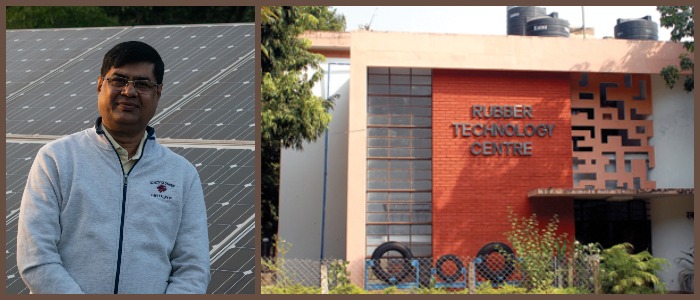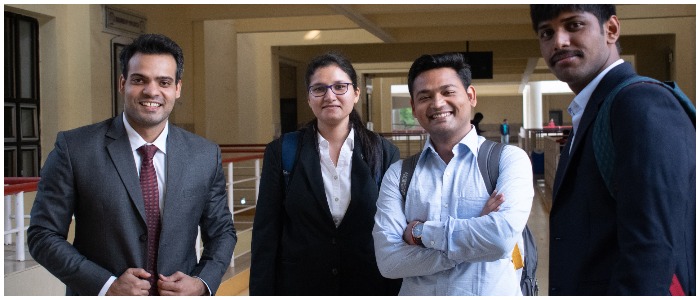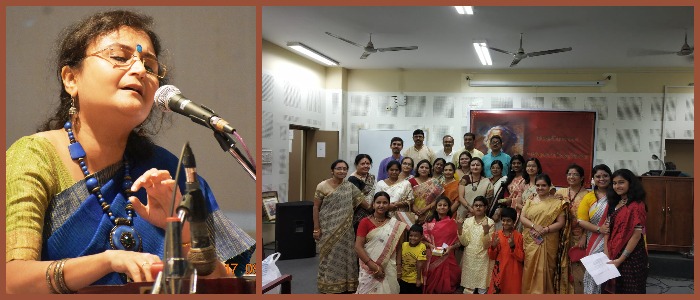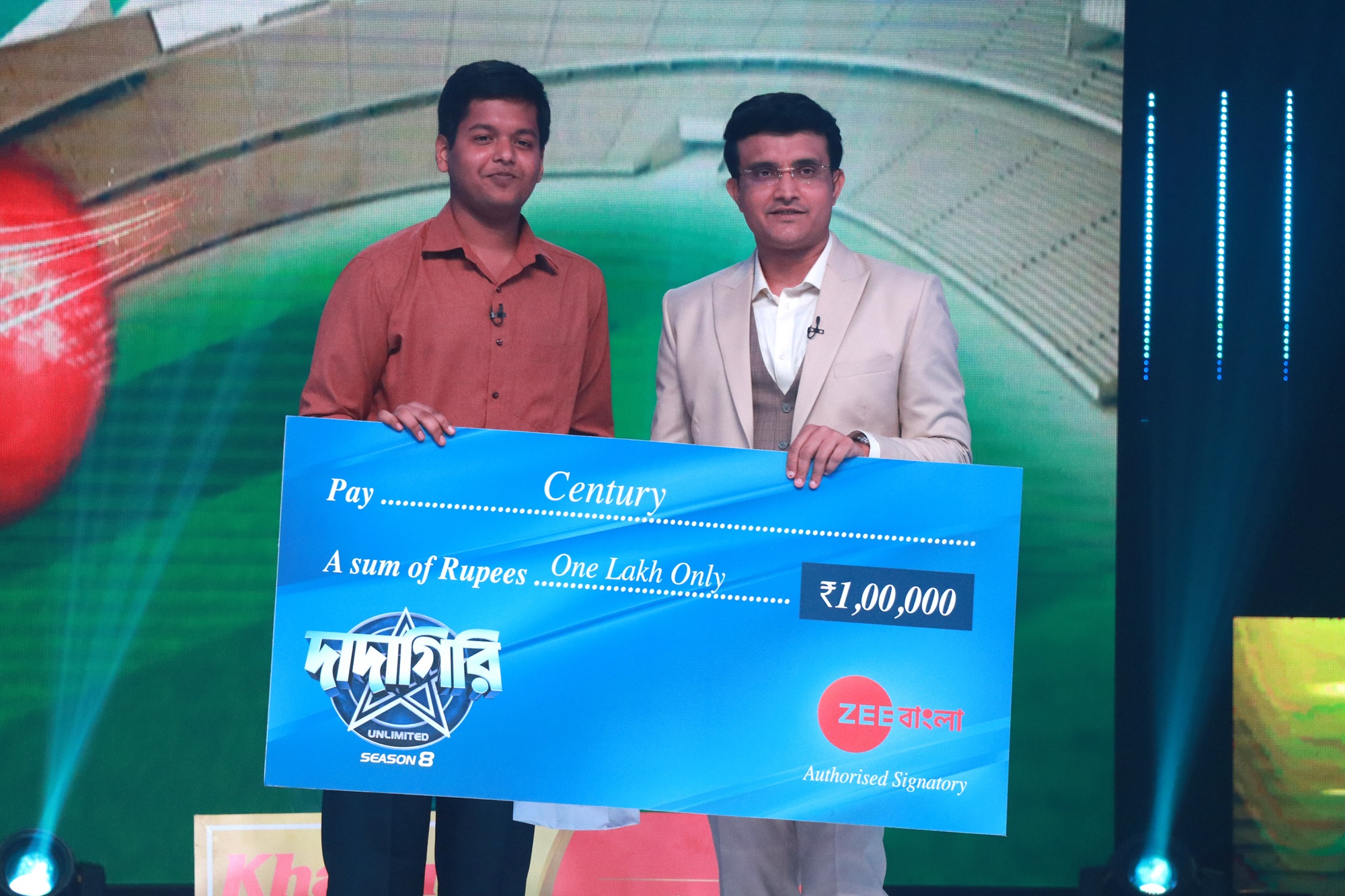
A fauji at heart
An account of Shib Sankar Das, Network Engineer (VC), Centre for Educational Technology, and one of the superstars leading the initiative of eLearning through online classroom at IIT KGP I had joined the Indian Air Force (IAF) on October 31, 1981, as an Airman after completing my high school. I underwent training in Belgaum and Bangalore before being posted to Chandigarh in April 1984 to serve as a Radio Fitter in the AN-12 Transport aircraft. During the training I was adjudged the Best in Education, Best in Trade and Best All Rounder, and passed out as Leading Aircraftsman (LAC). From…









